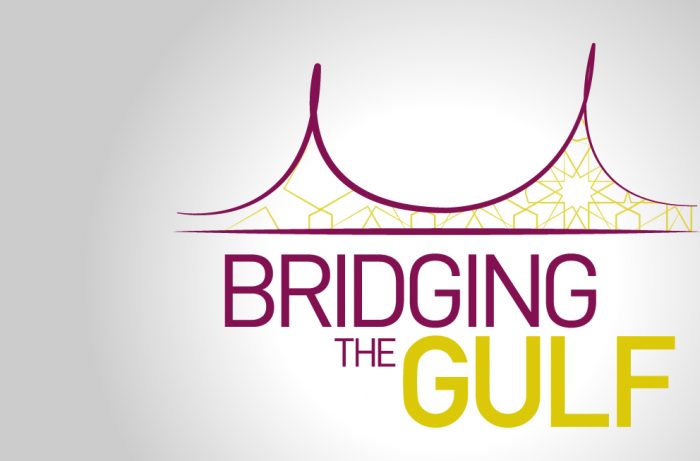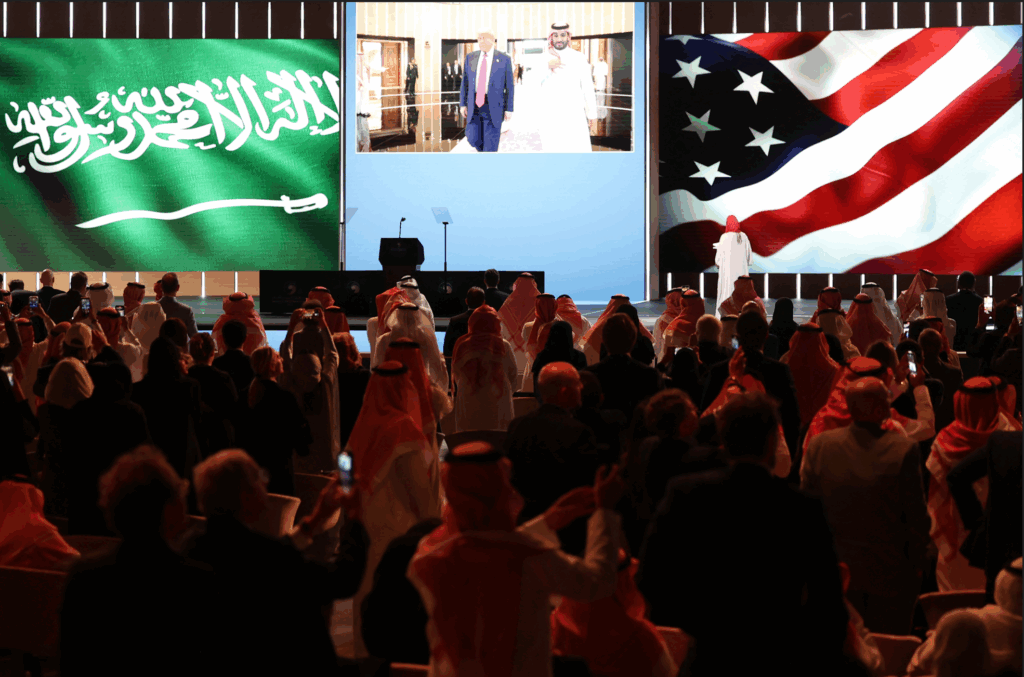- 17 Nov 2016
MEI Arabia-Asia Cluster Seminar: 24 Carat Geographies: Gold, Mobility and Urbanity in the Indian Ocean
A work-in-progress presentation organised by MEI Arabia-Asia Research Cluster
Abstract:
This project tells the story of gold and how its exchange shapes cities and urban societies in the western Indian Ocean. Gold is a commodity as well as money in its universal form and measure of value. As a commodity it has the power to shape geographies and structure temporalities in the long term. Commodities help societies negotiate a place in History, contest it, or create their own differential histories. They also shape communities and their perceptions of themselves as well as others and constitute cultural categories and concepts with which to view the past and navigate the future. A case in point may be the merchants of Gujarat in western India who have traded cotton cloth within a global milieu for millennia. These merchants, now part of the Indian diaspora in many parts of the world use historical narratives of exchange in cloth to claim a place for themselves in the history of the subcontinent as well as the Persian Gulf, East Africa and Southeast Asia. This often comes as a challenge to native claims to history based on colonial and modern categories of territoriality and the nation-state. Like other commodities, say cloth, opium etc., gold and its exchange has fostered enduring relationships among people, built networks and altered existing social hierarchies in dynamic historical processes across space and time. It has defined mobility, created new spatial and urban forms including port cities, trade emporia and what are called global cities in the 21st century. As the universal measure of value and the standard medium of exchange, it was instrumental to consolidating an international monetary system in the 19th century, competing claims to hegemony over which has shaped twentieth century politics, including the two world wars and the post war international state system that followed. As a monetary instrument, it was also the site on which was inscribed law, regulation and the mobility of individuals or citizens, as well as other commodities in post-war nation-states. In other words, it was subjected to the logic of states and political borders even as it was the market principle that continued to define its everyday transactions among people including smuggling. How do these different aspects and attributes of gold as cultural commodity and money seemingly contradictory to each other (as modern sociology looks at it) intersect, contest and define each other? How do these intersections and contestations play out in the lives of people and the societies to which they belong, in spatial, social and material terms?
The manuscript addresses these questions in the context of 20th and 21st century urbanization in the Persian Gulf and Malabar in southwestern India and the dominant part played by gold smuggling and consumption in it. Malabar and the Persian Gulf have been linked in cross-cultural trade and exchange for millennia. The Romans in the first millennium and the Chinese in the centuries following have all benefitted greatly from these connections that saw gold emerge as a major commodity of exchange. With the advent of Islam in the 8th century trade expanded rapidly, transforming these connections as key constituencies of the Asian maritime trading network stretching from the Mediterranean and the Persian Gulf in the west to China in the east. Malabar became the land to which Arabs, Jews, Persians, Gujaratis and the Chinese came in search of pepper–a historical development that resulted in the creation of new trade emporia and port cities like Quilon in the 9th century and Calicut in the 13th centuries. When the Portuguese set out to monopolize the pepper trade in the Indian Ocean, they penetrated these networks and expelled the Arabs as well as the Muslim traders of Malabar. Subsequently, these connections have been studied in terms of the pepper trade and its role in the evolution of modern capitalism on the one hand and Islam and Muslim societies in the Indian Ocean on the other. Notwithstanding the fact that the Portuguese did bring in bullion in the form of gold and silver from West Africa as well as the mines in the ‘newly discovered Americas,’ history is remarkably silent on the impact of gold on society in Malabar in times of pepper.
Part of what the manuscript does is to account for this silence in History. Fundamental to the critique of history defining the work and its method of enquiry is the idea of the Asian maritime trading network. Is the Asian maritime trading network past history or is there a contemporary dimension to it? The work uses gold and its smuggling in the western Indian Ocean in contemporary times as routes to mapping the history of these networks obscured by the coming into being of postcolonial nation-states. In other words, this is a study of networks during the phase of transition from empire to nation-state in the western Indian Ocean. Gold is the thread that illuminates this transition and lays bare the connected histories of 20th and 21st century urbanization in the Persian Gulf and Malabar in the southwestern coast of India.
About the Speakers

Dr Nisha Mathew is a Postdoctoral Research Fellow at Asia Research Institute, NUS. She received her PhD in History from Wits University, Johannesburg in 2014. Her dissertation, “Understanding Space, Politics and History in the Making of Dubai, A Global City”, is a commercial history of the city explored through the complex interface of commodity, capital and community across the Indian Ocean from the 19th to the 21st century. Many different forms of informal, even illegal trade, she illustrates, have been instrumental to the evolution of Dubai as an urban space both within and beyond empire. Likewise, the contributions of such activities as smuggling and counterfeiting to the trajectory and discourse of global urban capital in 21st century Dubai also form a key aspect of her research. Informal trade in Dubai as she investigates it, is a socially, politically and culturally engineered system of transactions often coinciding with legitimate activity and underwritten by particular hierarchies of power and equations of social mobility. These hierarchies and equations have their bases in spatial imaginations and configurations beyond the city and the state, both in an abstract sense and in terms of their territorial borders. Dr. Mathew captures these other geographies and geographical imaginations of trade constitutive of Dubai through the social optics and cultural vocabularies of different migrant trading communities of Indians who continue to be at the helm of the city’s mercantile and financial activity flows even today. While at ARI, she will be adapting her dissertation into a monograph.



